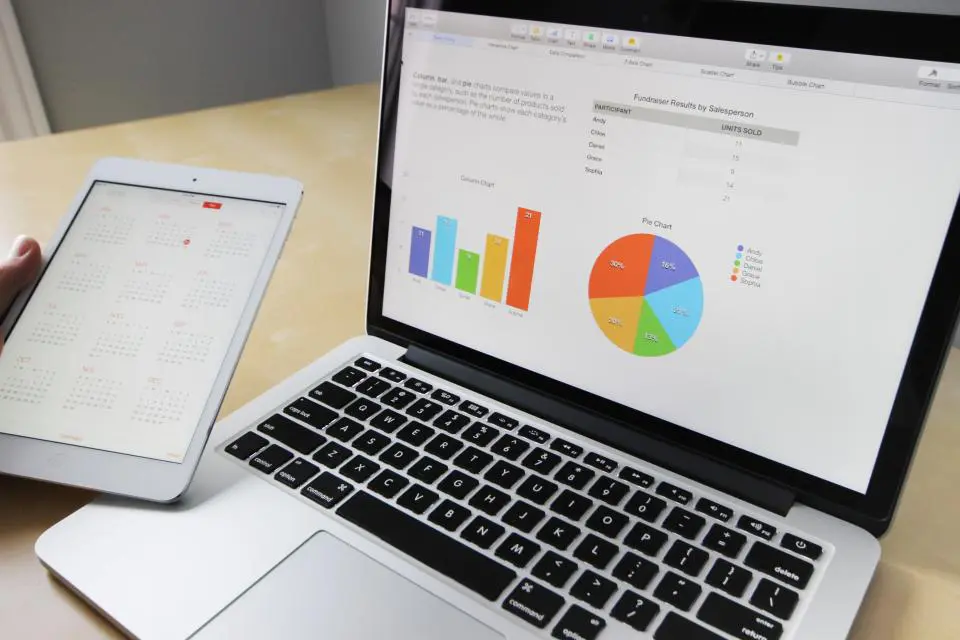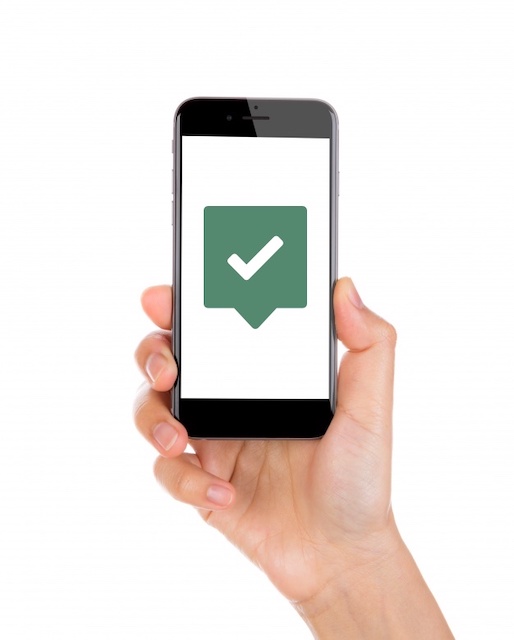In the age of advancing technology, the healthcare industry has witnessed a significant transformation in the way patient information is handled. The introduction of digital tools and electronic health records (EHRs) has streamlined patient care and improved overall efficiency. However, it has also raised concerns about patient confidentiality. Safeguarding sensitive medical data is of paramount importance to maintain trust between patients and healthcare providers. In this blog post, we will explore strategies to maintain patient confidentiality while leveraging the power of digital tools. By adhering to these guidelines, healthcare professionals can ensure the privacy and security of patient information.
Understanding Patient Confidentiality
Patient confidentiality is an ethical and legal obligation that healthcare providers have to safeguard patients’ personal and medical information. This principle is essential in building trust and enabling patients to seek care with confidence. It ensures that sensitive information remains private and is not disclosed or misused without the patient’s explicit consent. Upholding patient confidentiality is crucial for maintaining the integrity of the healthcare system and respecting individuals’ rights to privacy and autonomy.
The concept of patient confidentiality is rooted in the respect for patient autonomy, privacy rights, and the maintenance of trust in the healthcare system. It applies to all aspects of patient information, including medical history, treatment plans, and any other personally identifiable information related to a patient’s healthcare.
Challenges and Risks in the Digital Age
Digital tools have undoubtedly revolutionized healthcare by providing instantaneous access to patient information and streamlining communication between healthcare providers. However, they also introduce new challenges and risks related to patient confidentiality. Some of these challenges include:
- Data Breaches: The increased reliance on digital systems and networks has made healthcare organizations vulnerable to data breaches, potentially exposing patients’ private information to unauthorized individuals or hackers. Data breaches can occur due to cyberattacks, weak security measures, or human error.
- Insider Threats: Healthcare providers and staff members who have access to electronic patient records may intentionally or unintentionally misuse or disclose patient information, leading to breaches in confidentiality. It is essential to establish protocols and strict access controls to minimize the risk of insider threats.
- Inadequate Training: Insufficient training on the appropriate use of digital tools and data security measures can result in accidental breaches of patient confidentiality, such as sending sensitive information to the wrong recipient or mishandling data storage devices. Comprehensive training programs are crucial to ensure that healthcare professionals are equipped with the knowledge to protect patient information.
- Third-Party Vulnerabilities: Healthcare organizations often rely on third-party vendors for various digital tools and services. If these vendors do not have robust security measures in place, patient information may be at risk. It is essential to conduct thorough due diligence when selecting vendors and establish contractual agreements that prioritize patient confidentiality and data security.

Strategies for Maintaining Patient Confidentiality
To mitigate the risks associated with digital tools and uphold patient confidentiality, healthcare organizations should implement the following strategies:
Encryption and Secure Communication Channels
Implement end-to-end encryption for electronic communication channels to ensure that patient data remains secure during transmission. Encrypted messaging platforms and virtual private networks (VPNs) can help safeguard sensitive information from unauthorized access or interception.
In our Secure Messages application, you can send encrypted and secure messages with your clients. With this app you can ensure patient confidentiality by handling personal data correctly. With this feature you can send general messages, invoices, journals or other fields.
Access Control and Authentication
Employ strict access control measures to limit the availability of patient information to authorized personnel only. Utilize strong passwords, two-factor authentication, and role-based access controls to protect against unauthorized access. Regularly review access privileges and promptly revoke access for individuals who no longer require it.
To ensure patient confidentiality, we have different ways of adding an extra layer of security over our clients’ profiles. This is e.g. through two-factor authentication. By using the Authenticator app, you will receive a 6 digit code to be used together with your default username and password. This app constantly communicates with our system, so you only need to do one extra thing. All you need to do is make sure you have the two-factor authentication app enabled in your system.
If you have several employees, you can choose who should have access to this through our “Employees” app.
Employee Education and Training
Provide comprehensive training programs to healthcare professionals and staff members regarding digital security, patient confidentiality, and the proper use of digital tools. Educate them about the risks associated with mishandling patient information and emphasize the importance of privacy and data security. Regularly update training to address emerging threats and best practices.

Data Backups and Disaster Recovery
To safeguard patient confidentiality, it is crucial to establish reliable data backup and disaster recovery systems. These systems ensure that patient information remains accessible in the face of system failures or potential data breaches. Regular testing and verification of these systems help mitigate the risk of data loss and ensure seamless continuity of care for patients.
Regular Audits and Risk Assessments
Conduct routine audits and risk assessments to identify vulnerabilities in the digital infrastructure. Regularly review security protocols, software updates, and patches to address any gaps or weaknesses promptly. Implement intrusion detection systems and monitor network traffic for suspicious activities.
Vendor Due Diligence
Before partnering with third-party vendors, assess their data security practices, adherence to industry standards, and their track record in maintaining patient confidentiality. Enter into contracts that clearly define the responsibilities and expectations regarding data protection. Regularly review vendor security practices and conduct audits to ensure compliance.
Privacy Policies and Consent
Develop and enforce comprehensive privacy policies that outline how patient data is collected, stored, and used. Obtain informed consent from patients regarding the use and disclosure of their information, ensuring transparency and building trust. Regularly communicate privacy policies to patients and provide them with the opportunity to exercise their rights over their data.
In EasyPractice, we offer a Consent application that enables healthcare providers to manage and document patient consent efficiently. It allows practitioners to create customizable consent forms tailored to their specific practice or treatment modalities. By utilizing the Consent App, healthcare professionals can streamline the process of obtaining consent maintain accurate records. This will also ensures compliance with privacy regulations.
Incident Response Plan
Develop an incident response plan that outlines the steps to be taken in the event of a data breach or privacy incident. This plan should include procedures for identifying and containing the breach, notifying affected individuals and regulatory authorities, conducting forensic investigations, and implementing remediation measures. Regularly test and update the incident response plan to address emerging threats.

Conclusion
Maintaining patient confidentiality is a critical aspect of providing quality healthcare. As digital tools continue to shape the healthcare landscape, healthcare organizations must adapt and implement robust strategies to protect patient information in the digital realm. By incorporating encryption, access control measures and effective incident response plans, healthcare providers can minimize the risks associated with digital tools and ensure the privacy and security of patient data. Safeguarding patient confidentiality not only protects individuals’ rights but also helps foster trust in the healthcare system as a whole.
By adhering to these guidelines, healthcare professionals can harness the power of digital tools while upholding patient confidentiality, thus enhancing the quality of care and maintaining patient trust in the digital age. With continuous efforts and vigilance, the healthcare industry can leverage digital tools to improve patient outcomes without compromising the privacy and confidentiality of sensitive information.
By using a platform like EasyPractice, we want to make sure that we do what we can as your data processor to ensure that patient safety and confidentiality is the highest priority. When we develop and launch new applications or features, we make sure that data security is implemented well throughout the entire cycle. You can read more about both the General Data Protection Regulation (GDPR) and Health Insurance Portability Accountability Act (HIPAA) here.
If you’d like to read more from EasyPractice, you can check out our blog here. Have you not checked out EasyPractice, you can check it out here. If you have any feedback or questions, feel free to reach out to us at [email protected] – we look forward to talk to you!

 alt tab and computer
alt tab and computer alt Online scheduling
alt Online scheduling alt Create special Vouchers for your services
alt Create special Vouchers for your services